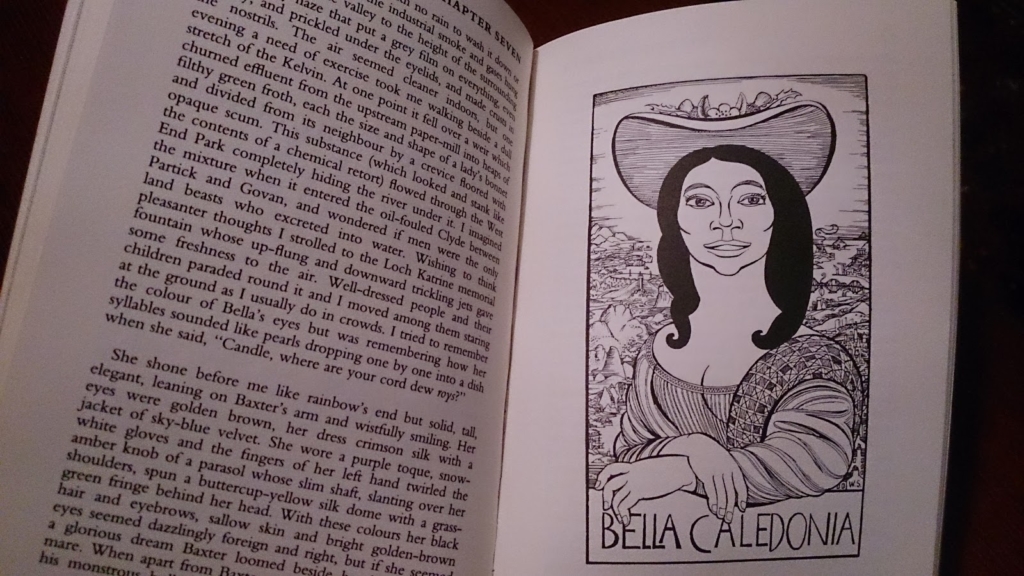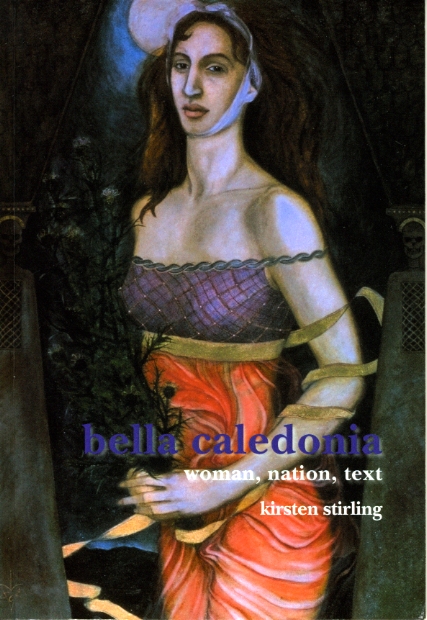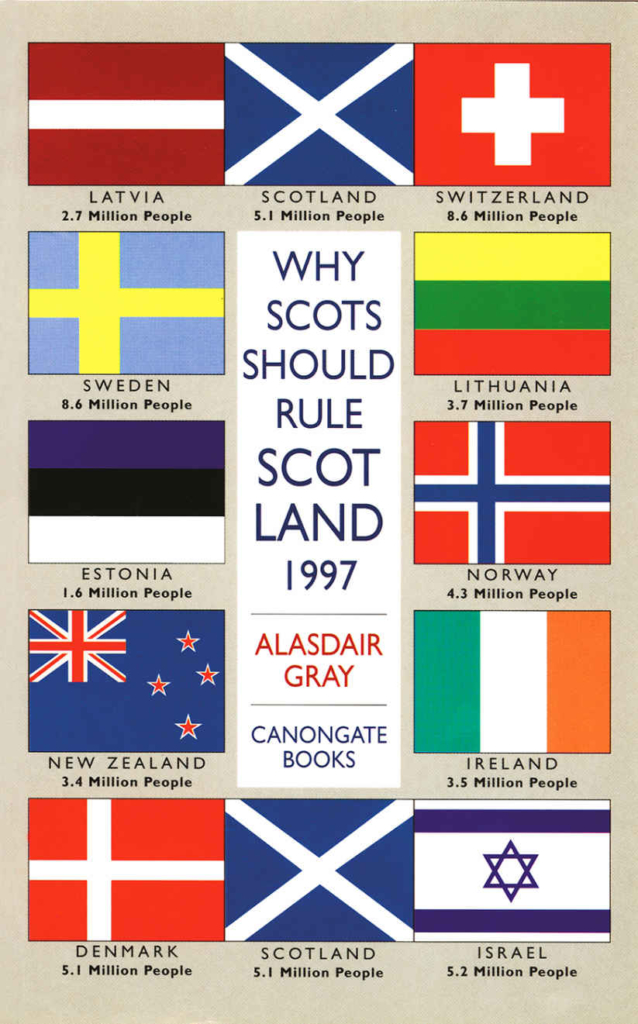Bella Caledonia, Poor Things and the Fifth Estate

Bella Caledonia emerged from the pages of Alasdair Gray’s novel Poor Things in 2007. Since then we have strived for autonomy, independence and self-determination, and to “work as if you are in the early days of a better nation.” In my imagination Bella was looking for a publication and an alternative media and a political movement that was innocent, vigorous and insatiably curious. Bella is aligned to no one and sees herself as the bastard child of parent publications too good for this world, from Calgacus to Red Herring, from Harpies & Quines to the Black Dwarf.
Poor Things is a remarkable book (and soon to be film). Presented as the memoir of Dr Archibald McCandless, it describes his life and that of a colleague – Godwin Baxter. A monstrous proto-Frankenstein, Baxter performs surgical marvels, his greatest achievement being the (re) creation of life: he brings to life a drowned woman by transplanting the brain of the foetus she is carrying. The full-grown woman with the infant’s mind, is Bella.

In Gray’s story Bella is a metaphor for a nation. As Kirsten Sterling tells us in (“Scotland Deformed?”):
“The label “Bella Caledonia” below the portrait of the main character on p. 45 of Alasdair Gray’s Poor Things (1992) – surely familiar to readers of this journal – suggests that Gray wants us to read the character Bella Baxter as a female personification of the Scottish nation, in same tradition as Britannia or France’s Marianne. Bella’s “tall, beautiful and full-bodied” exterior would seem to qualify her for the statuesque role of national figurehead, and her external integrity and beauty form the shell that contains the essence of the nation and the political structures of the state. She sits, with a plaid over one shoulder and thistles on her hat, in a recognisably Scottish landscape (we see the Forth Bridge over her right shoulder). However, since the Frankenstein-like narrative of Poor Things tells us that Bella has literally been constructed by Dr Godwin Baxter, it seems that beneath her elegant exterior this personification of Scotland must be in some way monstrous.”

In Why Scots Should Rule Scotland (1992), Gray proposed a possible female figurehead to represent Scotland:
“Since the 18th century sculptors and political cartoonists have often represented nations as single people, usually robust and beautiful women with names like La France, Italia, Germania. If Scotland were so depicted the head would have to be shown attached to the body by a longer neck than the poor lady’s height; moreover the head would also be attached by a neck of normal length to a different and much stronger body. No wonder many Scottish limbs and organs are underfed, numb and disconnected from each other. Too many of them cannot act without orders from a remote head which is distinctly absent-minded toward them because it must first direct a far more urgent set of limbs and organs.” (58-59)

Our original masthead and font was designed by Alasdair Gray, with my (possibly over-optimistic) slogan ‘fresh thinking for the new republic’. The site was re-designed by Dave Murphy in 2015 then again by Starbit in 2019.
We’ve tried to develop what some have called the ‘Fifth Estate’ as a way of disrupting the passive relationship of old media and creating something more active and appropriate for the 21C:
“The Fifth Estate is a socio-cultural reference to groupings of outlier viewpoints in contemporary society, and is most associated with bloggers, journalists publishing in non-mainstream media outlets, and the social media or “social license” . The “Fifth” Estate extends the sequence of the three classical Estates of the Realm and the preceding Fourth Estate, essentially the mainstream press. The use of “fifth estate” dates to the 1960s counterculture, and in particular the influential The Fifth Estate, an underground newspaper first published in Detroit in 1965. Web-based technologies have enhanced the scope and power of the Fifth Estate far beyond the modest and boutique[1] conditions of its beginnings.”

Today, we still seek autonomy, independence and self-determination, we still seek to be innocent, vigorous and insatiably curious, we still strive to “work as if you are in the early days of a better nation.”
Alasdair Gray remembered here.
Celebrating the inaugural Gray Day here.


It’s amazing how letters, words and pictures are built up in space and time. From Adam and Eve in the Garden of Eden, the Original Estate has its foundations built on the The Living Word. Today is just another day on the 5th Estate ME Spectrum for Christ.
https://www.tirzahfirestone.com/blog/the-sacred-meaning-of-covid-19
BREXIT and the last Trump are just signposts really real SEE change is coming via the Electromagnet Spectrum. Bella is ready.
Isn’t it! Including the words ‘space’ and ‘time’. Language is truly the house of being wherein man dwells.
Even Language itself has changed through time. New words come older ones get dropped. Today ‘Space’ can be written as ‘ ’ or ‘ ’, ‘time’ on the other hand is outside my current understanding of our online encoded language some are developing today.
Only the immediate is real. Everything else is ideology, which is mediated by and, therefore, dependent for its being on language.
But you’re right: the central paradox of postmodern ideology is that language itself isn’t real, but is self-reflexively dependent on itself.
The immediate is therefore literally ‘unspeakable’, and so all we can do is eat, sleep, and f*ck, and embrace this perplexity in wonder, which latter is the striving of art. ‘All else is vanity’, as Lucretius says, ‘since from the very fountain of enchantment rises a drop of bitterness to bring torment among all the flowers’.
God is dead. To live otherwise is to live in bad faith.
God may be dead, but there is still a lot of of live spirits in the world.
Nominally, yes; indeed there are – in some language games, but not in others.